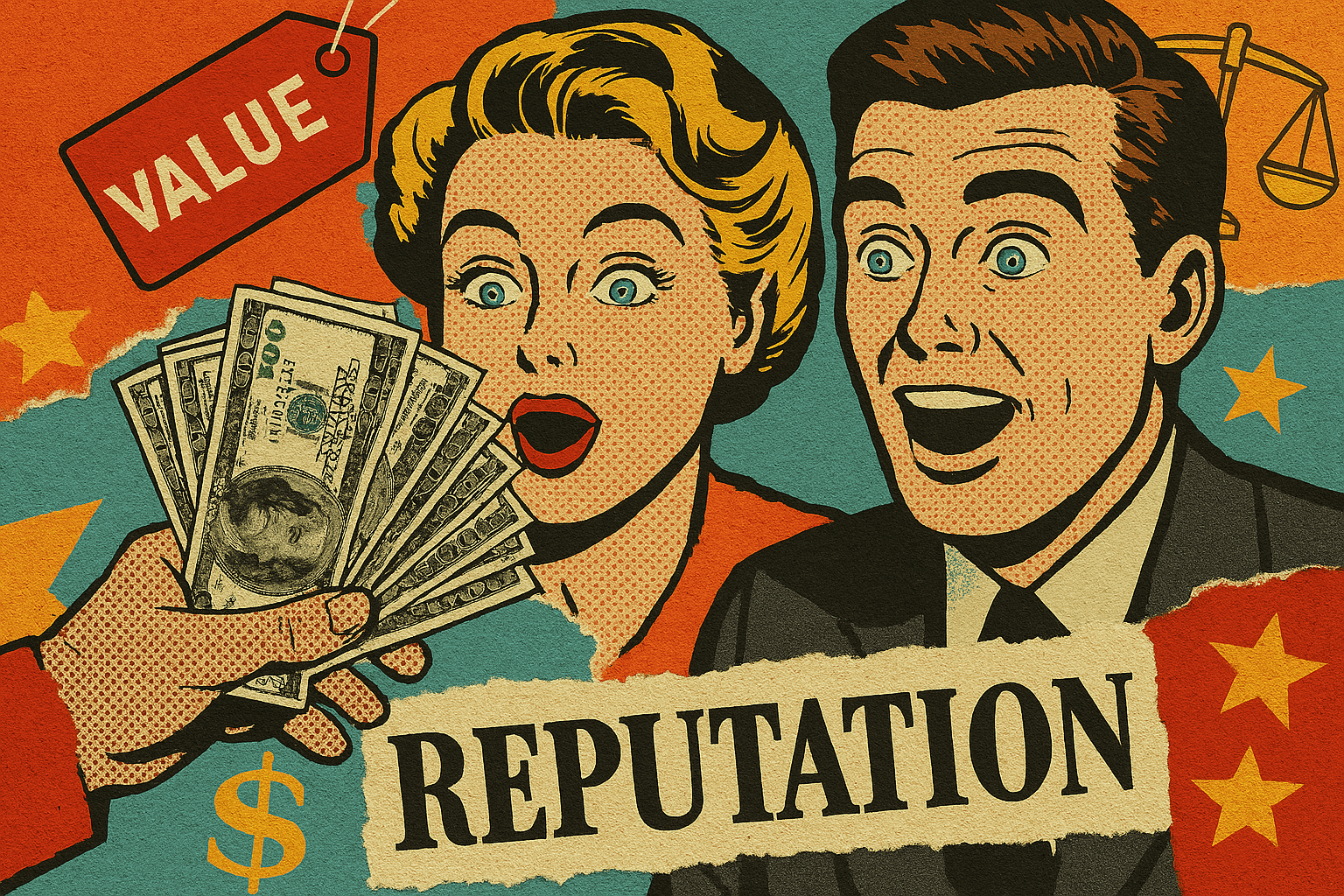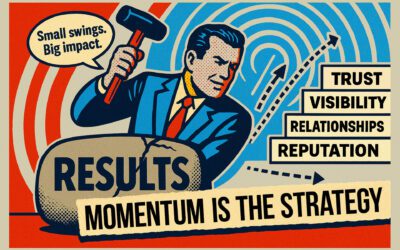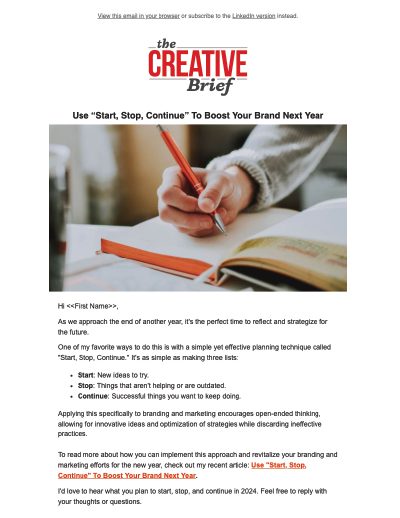“She’s not cheap—but she’s totally worth it.”
That’s not just a recommendation. That’s a brand statement.
Pricing is one of the most powerful signals your brand sends into the world. It tells people what kind of business you run, who your ideal client is, and how you see the value of your own work. It’s not just a number on an invoice—it’s a message.
In fact, price is the very first “P” in the 7 Ps of marketing. And for good reason: it shapes perception before a customer even interacts with your service.
Price = Perception: The Psychology of Premium
Let’s talk bottled water.
You can grab a bottle of Poland Spring or Dasani for a couple of bucks. Or you can pay $5 (or more) for Evian. Same basic product—hydration in a bottle. So what’s the difference?
Perception.
Evian isn’t just selling water. It’s selling wellness, luxury, and an elevated experience. The brand has been carefully positioned to signal “premium,” and people are willing to pay for it—even if they’re getting the same H₂O.
This is how pricing shapes perception. It’s not about what something costs to make or deliver. It’s about what people believe they’re getting—and how they feel about paying for it.
How People Talk About You Is Shaped by Price
Your pricing sets the tone for the conversations people have about your brand.
Think about how we describe high-end consultants, designers, coaches, or specialists:
“Expensive, but worth it.”
“Not the cheapest, but definitely the best.”
“Premium pricing—but you get what you pay for.”
These phrases say something. They reflect trust, quality, confidence, and credibility.
When your pricing reflects the value and impact you deliver, you’re not just justifying a rate—you’re reinforcing your reputation.
Positioning Through Pricing
One of the most overlooked tools in brand positioning is your price point.
Where you fall on the pricing spectrum signals who you’re for and how your work should be experienced. A premium price tells a prospective client: this is exclusive, high-value, and worth investing in. A bargain-basement price says something else: accessible, maybe even disposable.
Undervaluing yourself doesn’t just cost you revenue—it can cost you relevance.
Price the Client, Not the Work
Here’s the biggest mindset shift: Stop pricing your work based on time or inputs. Start pricing based on outcomes and impact.
-
Price the client, not the work. What’s it worth to them?
-
Price the outcome, not the inputs. What result are they buying?
-
Price the impact, not the effort. What changes when the work is done?
Your value is not how many hours you put in—it’s what your work makes possible for the people you serve.
Strategic Pricing Builds Brand Equity
Clients who pay more often value you more. They’re more invested, more collaborative, and more likely to become long-term partners or advocates.
Strategic pricing also helps you avoid burnout, attract the right audience, and maintain clarity in your positioning. You stop chasing quantity—and start building a brand that prioritizes quality and alignment.
Charge What You’re Worth—and Make It Worth It
What you charge is one of the loudest messages your brand communicates. Make sure it’s saying the right thing.
Don’t be afraid to own your value. And don’t be afraid to back it up with the experience, the outcome, and the confidence that your work is worth it.
Because when people say, “They’re not cheap—but they’re worth every penny,” that’s not just a compliment.
That’s a brand you can build on.
Want a more foundational look at how pricing impacts customer loyalty, retention, and brand positioning? Check out The Power of Pricing: How to Make Your Brand Stand Out.




